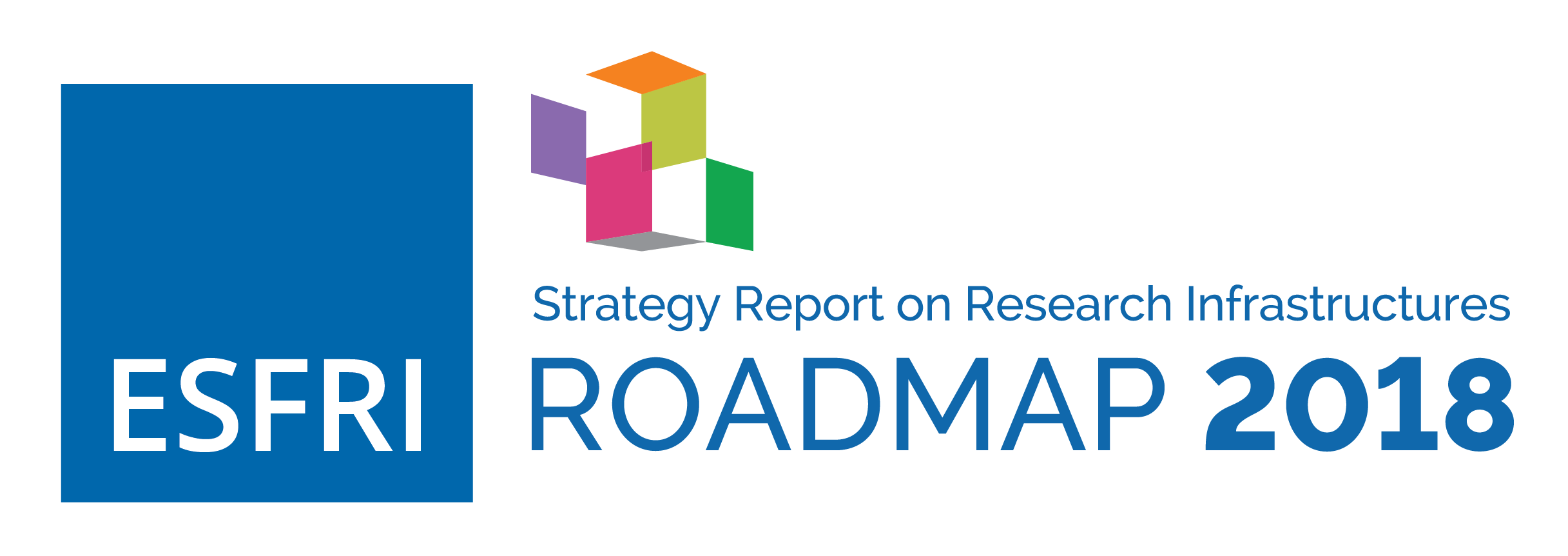Data, Computing and Digital Research Infrastructures
In research, as in all fields of society, Information and Communications Technology (ICT) has become a key enabling factor for progress. ICT is also changing the modus operandi of research by providing new possibilities for geographically distributed collaboration and sharing. Data-driven science, as well as more and more open access to data and scientific results, is transforming not only how research is conducted, but its overall reach.
Today, all large-scale Research Infrastructures are already dependent on ICT resources. This dependence has increased the need to find synergies and to develop ways to tackle the ICT challenges at a generic level, providing effective and cost efficient services that can be of wide and general use. The pan-European e-Infrastructures for networking, high-performance computing (supercomputing) and high-throughput computing (clusters built from more commodity-type hardware) are already well-established and provide production services used by international research and Research Infrastructures projects. Also, data and cloud infrastructures are developing fast and consolidation and integration of such initiatives is taking place, partly inspired by the description of the European e-Infrastructure Commons as proposed by the e-Infrastructure Reflection Group (e-IRG). The European Commission enforces the collaboration between researchers, Research Infrastructures and e-Infrastructures by the European Open Science Cloud (EOSC) declaration and the Electronic Data Infrastructure (EDI) definition as a combination of very fast networking and exascale computing.
The e-Infrastructure landscape described below paves the way for common solutions for shared needs and requirements. Having a general, common layer of supporting e-Infrastructures – horizontal e-Infrastructures – also allows for a refocus on science for the disciplinary Research Infrastructures. Horizontal e-Infrastructures shared by thematic infrastructures are an important facilitator of cross-disciplinary work, thereby enabling the study of fundamentally new research questions. Here, it should be noted that the development of ICT is very fast and further innovation and development of e-Infrastructure services of all types is essential to make sure that the needs of the European research and Research Infrastructures communities can also be tackled in the future.
Beyond e-Infrastructures and digital devices for network, computation and data management, it is also of a major importance to develop specific Research Infrastructures in the domain of computer sciences, supporting the experimentation of disruptive systems including e-Infrastructures, hard middle-softwares, protocols, computing and cybersecurity issues. This is best done as a co-design effort between all stakeholders where new needs of the researchers lead the way to innovation efforts.
The European e-Infrastructure landscape includes a networking infrastructure, computing facilities and data infrastructures. The European e-Infrastructure ecosystem fully includes national, regional and institutional e-Infrastructures. It should be noted that the pan-European e-Infrastructure services are often being provided by national e-Infrastructures in a collaborative setting, and the European initiatives are dependent on the existence of strong, persistent and synergic national e-Infrastructure nodes.
In the subfields a brief introduction of the major pan-European horizontal e-Infrastructure initiatives is given and some examples of services provided are listed. The EOSC and EDI initiatives are highlighted in the corresponding sections. A more complete account of available services can be found in the e-IRG Guidelines Document 2017Guide to e-Infrastructure requirements for European Research Infrastructures, e-IRG support document, 2017 http://e-irg.eu/documents/10920/363494/2017-Supportdocument.pdf.
The subfields in the e-Infrastructures domain are NETWORKING INFRASTRUCTURES and COMPUTING, DATA AND CLOUD INFRASTRUCTURES




